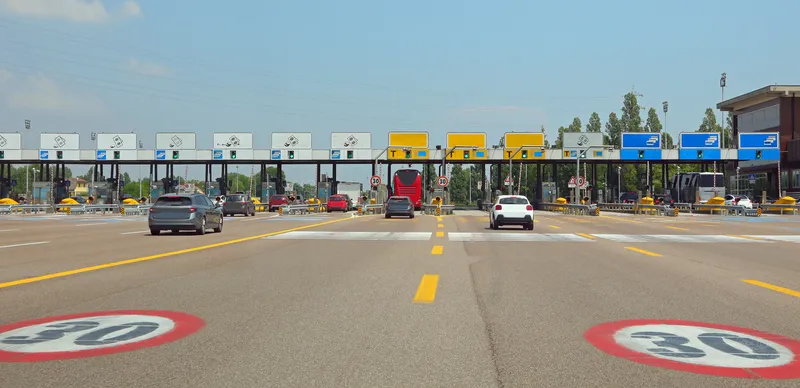First quarter revenue was US$3.1 million, compared to US$3.2 million in the first quarter of 2016, while gross margin from operations for the first quarter of 2017 was 79 per cent, a seven percentage point increase from a gross margin of 72 percent for the same period in 2016. The increase in the gross margin percent was the result of higher percentage of revenue from royalties and improved product sales gross margin. Revenue from royalties remained constant at US$1.6 million compared to the prior year period. Operating expenses decreased approximately 14 per cent from the same period in 2016.
The Company’s net income in the first quarter was US$197,000, compared to a net loss of US$292,000 in the same period in 2016.
Chad Stelzig, ISS president and CEO, said investment into new technology development, improved customer engagement initiatives and continued collaboration with partners will continue to promote profitable growth.
ISS announces profitable first quarter 2017
Image Sensing Systems (ISS) has announced profitable results for its first quarter ended 31 March 2017, the first since 2010. First quarter revenue was US$3.1 million, compared to US$3.2 million in the first quarter of 2016, while gross margin from operations for the first quarter of 2017 was 79 per cent, a seven percentage point increase from a gross margin of 72 percent for the same period in 2016. The increase in the gross margin percent was the result of higher percentage of revenue from royalties and
May 4, 2017
Read time: 2 mins










